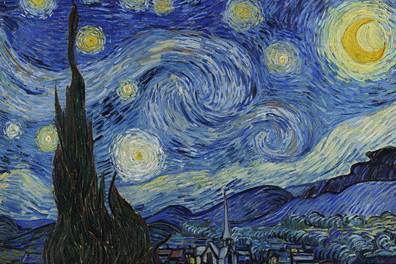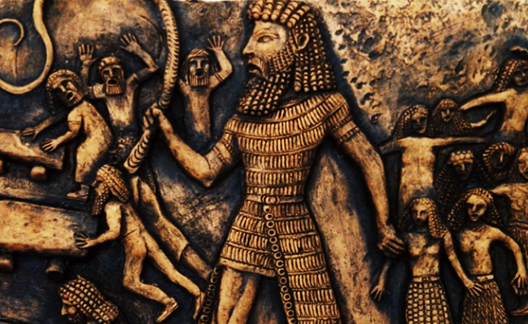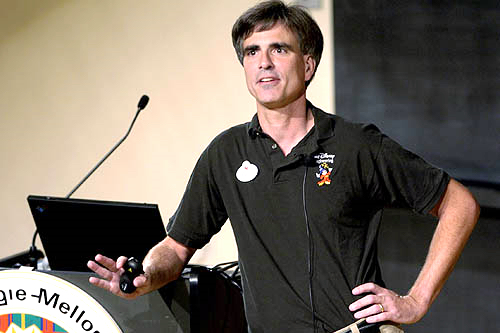The Art of Playing the Hand Dealt You
Professor Louie Palmer saved my academic life. Who I am today, in large measure, is due to Louie seeing something in me that I wasn’t sure that I possessed. He was a professor at Muskingum College who taught a required 10-hour art history class called The Arts.

All students had to take The Arts in either their junior or senior years. It was divided into 5-hours per semester in which you attended 3-lectures and 2-subsections weekly. I took it in my junior year and loved it. Louie asked me to teach several subsections weekly during my senior year. Essentially, I attended the lectures again, taught several subsections weekly, and wrote and graded both the midterm and final each semester. I taught many of my classmates as an undergraduate. That is unheard of today in academia. You must have a master’s to do any teaching, and I didn’t even have my bachelor’s degree at the time.

In the past quarter of a century, I have taught various humanities classes, but art history is my favorite. This is a PowerPoint that I created several years ago for an art history class. This introduction is my way of setting the stage regarding my understanding the arts, especially painting.
Three years ago, while in Myanmar traveling, I had a tour guide named Than Tun Oo. It wasn’t long before I realized that Than was an artist, an excellent artist. Than can create artwork in all the various media like oils, watercolors, charcoals, and pen and ink. Additionally, he an expert when it comes to landscapes, portraits, and still lifes. Western artists will specialize in one or two media like oils and watercolors. Again, rarely are artists able to do well in the various types of subject matters. Vincent van Gogh is the only one that had that vast ability in the West. This is Than’s painting of the U Bein Bridge, which is in my home.

This is a charcoal of me by Than.

Than did this of Ginger.

This is another U Bein Bridge by Than that I got on my last trip to Myanmar.

This is a photo of Moh Moh, Than, and me holding drawings of my three granddaughters.

This is an oil of Dr. Sabedra, Ginger’s vet.

At the beginning of Than’s life, he started working at a job, which was an okay job, but it didn’t resonate with him. He would rather paint. While being an artist was what he wanted to do, there was no certainty of income. Nonetheless, Than decided to paint because his heart was there. He faced the pain of uncertainty and became an outstanding artist. He learned early in life what this American saying meant, “No pain, no gain.”
A year and a half ago, COVID-19 became a global pandemic, which slowed selling his artwork. To make matters worse than the coronavirus, the Myanmar military staged a coup in February. So, the emerging nation of Myanmar has had to face down two deadly issues—a virus and guns. What was Than’s response? He continued to paint. He is trying some new ideas with watercolors.
In a recent email, Than sent me several examples of his new watercolors. He said that several were from the photos that I have taken in Myanmar. That gives me another excuse to return to Myanmar. My family and I will go on our second family tour together, which will provide Than with more subject matters for future paintings.
Than amazes me. He understands painting but also how to live life. Regardless of what comes his way, Than faces problems from a positive mindset. He reminds me of Randy Pausch. While Pausch was facing pancreatic cancer, he said, “We cannot change the cards we are dealt, just how we play the hand.” Than has played his hand very well in his life.
Follow @mountain_and_me

























